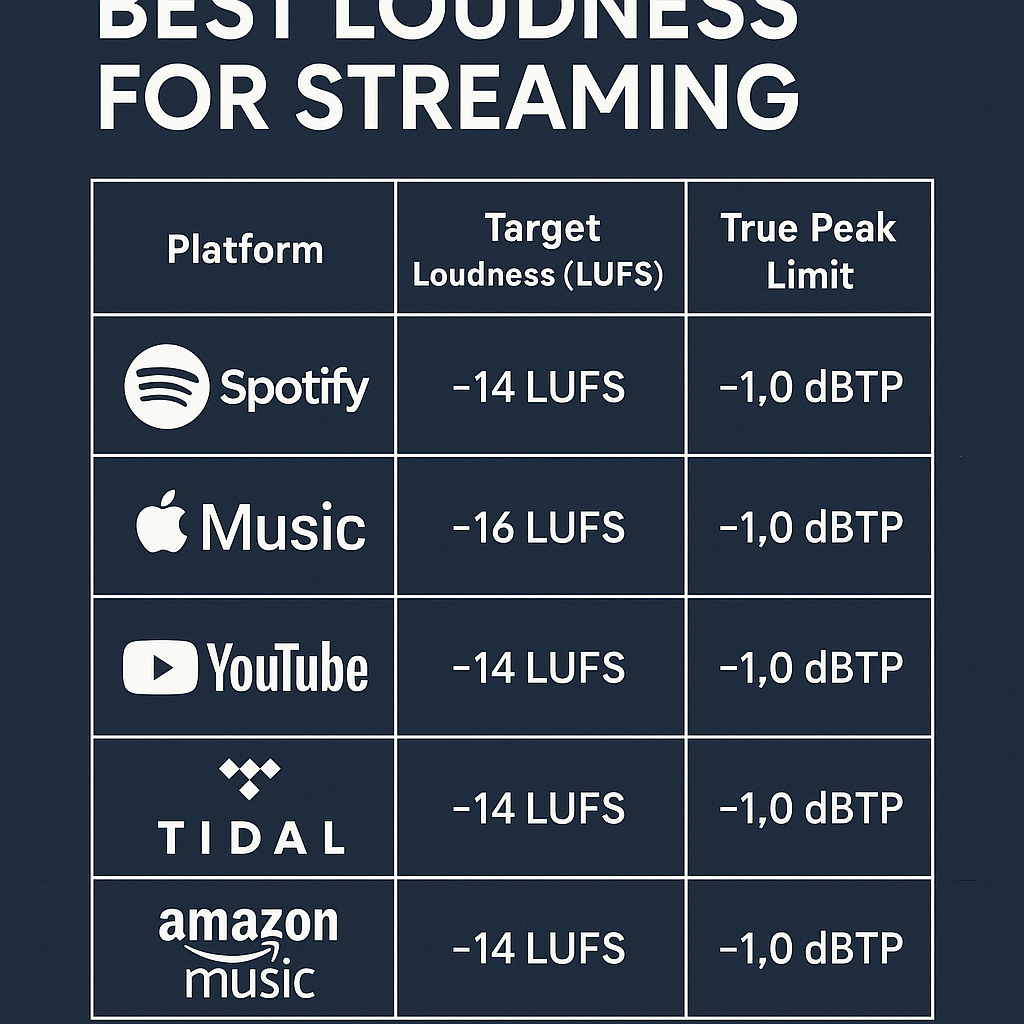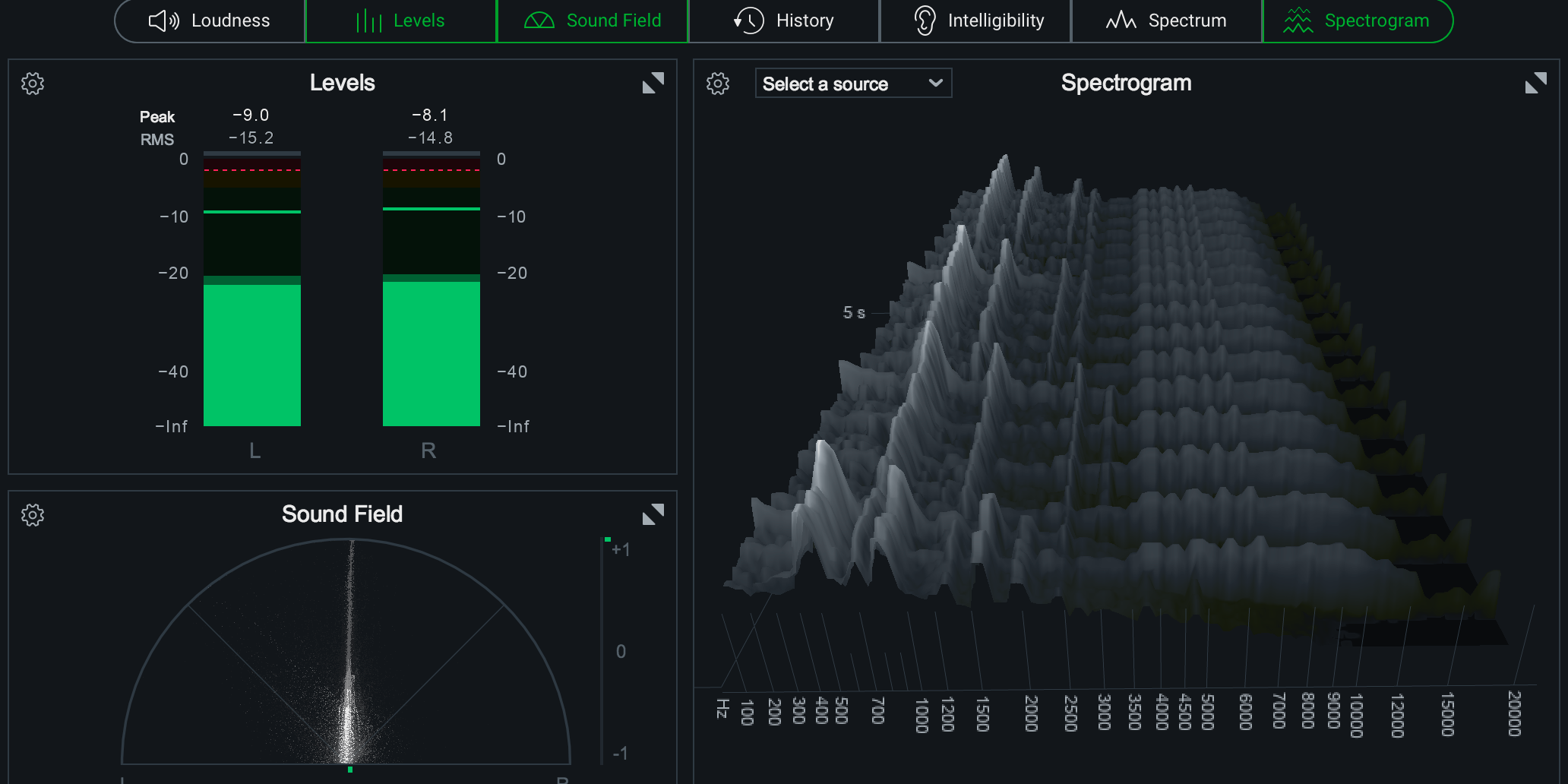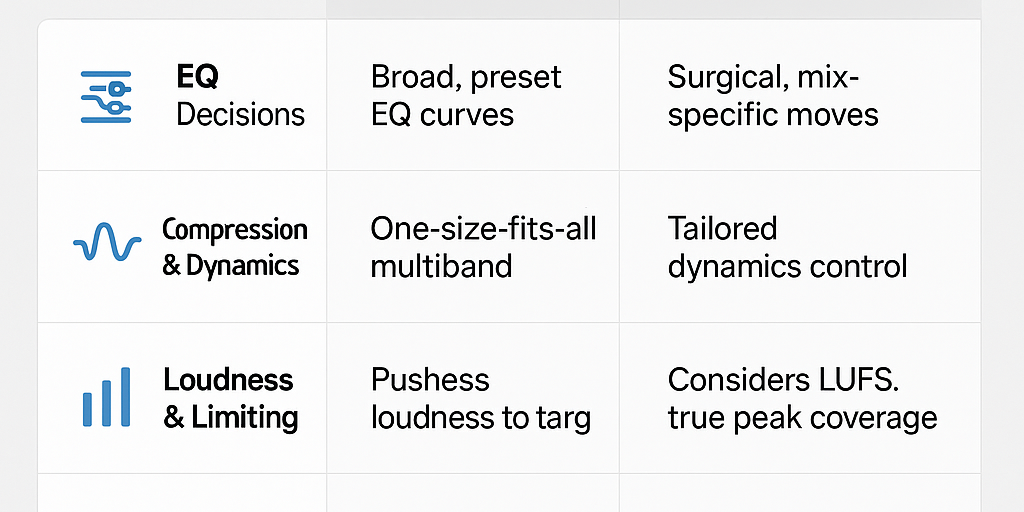If you’re getting ready to release music, one of the biggest questions is: How loud should my master be for streaming platforms? Services like Spotify, Apple Music, YouTube, and TIDAL all normalize tracks to specific loudness levels. If your master is too loud, it will be turned down. If it’s too quiet, it may lack impact next to other songs.
In this guide, we’ll break down the recommended loudness targets for streaming, explain LUFS in plain English, and give you the tools to make sure your track translates everywhere.
What is LUFS and Why Does It Matter?
LUFS stands for Loudness Units Relative to Full Scale. It’s a standard way of measuring perceived loudness. Unlike peak meters, which only show the highest signal level, LUFS reflects how humans actually hear loudness over time.
Streaming platforms use LUFS to normalize songs so listeners don’t have to adjust the volume between tracks. That’s why knowing LUFS targets is essential when mastering.
Loudness Targets for Major Streaming Platforms
Here’s a quick reference chart of the most common streaming services and their loudness standards:
|
Platform |
Target Loudness (LUFS) |
True Peak Limit |
|---|---|---|
|
Spotify |
-14 LUFS |
-1.0 dBTP |
|
Apple Music |
-16 LUFS |
-1.0 dBTP |
|
YouTube |
-14 LUFS |
-1.0 dBTP |
|
TIDAL |
-14 LUFS |
-1.0 dBTP |
|
Amazon Music |
-14 LUFS |
-1.0 dBTP |
|
SoundCloud |
No strict standard, but around -14 LUFS is safe |
-1.0 dBTP |
Note: Some platforms may adjust these slightly over time, but these targets are safe guidelines.
Should You Always Master to -14 LUFS?
Not necessarily. A master at -14 LUFS will play back cleanly on most platforms, but there are a few things to keep in mind:
-
Genre matters: Heavy rock, EDM, and hip-hop often benefit from slightly louder masters (-10 to -12 LUFS) for impact, even if streaming turns them down.
-
Dynamics still win: A dynamic master with good punch will always sound better than an over-compressed master, no matter the LUFS value.
-
Club & CD releases: If you’re also releasing physical formats or DJ versions, you may want a separate louder master.
The best approach is usually to aim for balanced loudness with dynamics intact.
Tools to Measure Loudness
To check your mix or master against streaming standards, you can use:
-
Youlean Loudness Meter (link) – a free plugin trusted by many engineers.
-
iZotope Insight (link) – professional loudness and metering suite.
-
Waves WLM Meter (link) – another reliable option for broadcast and streaming.
Why Work with a Professional Mastering Engineer?
While tools can give you the numbers, getting the sound right requires experience. Professional mastering balances loudness, clarity, and dynamics so your music not only meets technical standards but also feels competitive on every platform.
If you’d like a second set of ears, you can always request a free mastering sample from me to hear the difference.
Ready to Take the Next Step?
Now that you know the best loudness for streaming, make sure your release hits the mark. Whether you’re aiming for Spotify, Apple Music, or YouTube, the right master ensures your song stands tall next to the biggest names in the industry.
👉 Submit your track today and get release-ready sound tailored for streaming.



